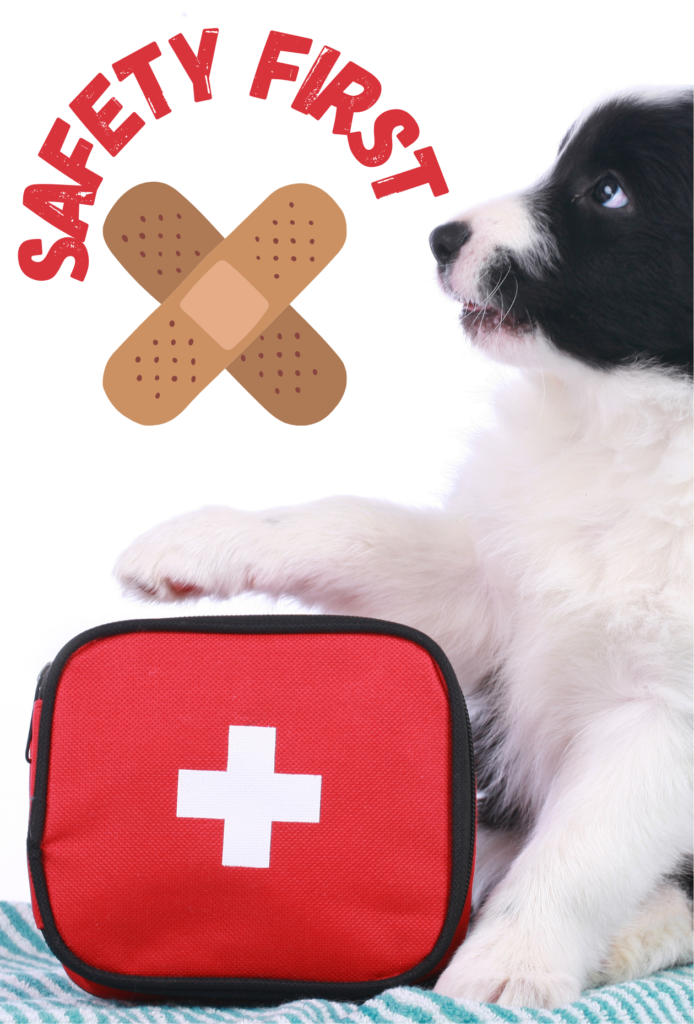No one wants to think of the worst happening, but being prepared always seems to bring peace of mind. Living in western Colorado means that things like floods and fires are a real possibility. Just last year, a friend of mine experienced a fire at her house. They were out of town for a 4H show, but their dogs and sheep were at the house. They rushed home, but weren’t allowed to see their property for over 24 hours. They have multiple sheep barns as their daughter shows sheep. It’s these types of situations where an emergency kit would come in handy. If you are home when something like this happens, you are ready to tackle the issues and/or evacuate with a bag already packed. If you’re away, you can still be prepared to evaluate your animals once you’re allowed back on your property. Keeping a smaller kit in your car and a larger one somewhere at home is a great idea.
When packing your kit, it’s good to have a bit of everything. Think of this as the bag you will grab if you are ever evacuated. It can serve you and your animals. You can use a backpack or even a plastic tote. You can make this as inclusive as you want, but there are some items that you shouldn’t leave out.
- gauze roll
- bandage material
- non-stick gauze square
- saline flush & eye wash
- medical tape (to secure gauze)
- non-latex disposable gloves (some animals have latex allergies)
- iodine antiseptic towelettes
- ice pack
- Benadryl 25mg tablets/not decongestant
- bandage scissors
- tweezers
- digital rectal thermometer (a pet’s temp should not rise above 102F or go below 98F)
- syringes (for medicine, or flushing eyes/wounds)
- flashlight
- metallic rescue blanket
- magazine (you can wrap and secure it around your pet’s limb to make a makeshift splint)
- primary vet’s contact information, also include your primary doctor’s information if you’re using this kit for the whole family
- information for an emergency vet clinic near you, also include information for a nearby hospital if you’re using this kit for the whole family
For larger emergency kits also add:
- collapsible travel bowls
- leash and collar/harness
- soft muzzle (even the gentlest of animals may bite when injured or scared)
- towels/blanket
- pill box organizer (if your pet takes multiple medications, separating by compartments makes them easier to administer) and a 2 week supply of medications
- carry crate for smaller pets
Remember that some of these items will have expiration dates. Check your kit every few months and replace whatever has expired. Another idea is to keep a week’s worth of cat/dog food in an airtight container. A few water bottles are also not a bad idea. In a situation where you and/or your animals may need to be seen, it would be best to include reflective tape or an LED vest or collar.
In addition to the above items, it’s important to include copies of medical records, proof of vaccinations, and the phone numbers for the poison control hotline such as the ASPCA poison control center : 888-426-4435.
Lastly, make sure to include relevant details for your pets, in case someone other than you has to care for your animals. Details such as medical conditions, food preferences, and important to note personality traits (fearful of men, food aggressive, etc.) are what you’ll want to consider. Obviously, we hope this kit is something you never have to utilize. However, having one ready could make the vital difference if the need ever arises.




